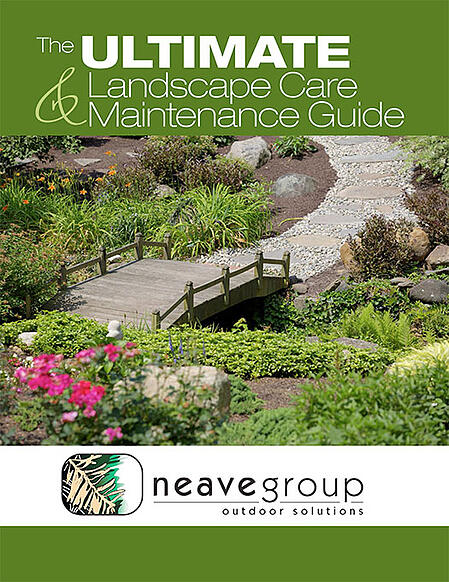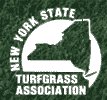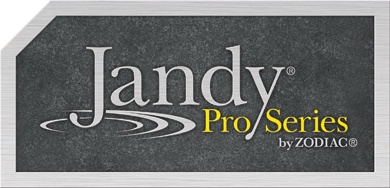The world of lawn care maintenance can be confusing. Lawn aeration, overseeding, pre-emergent weed control — you need a lawn dictionary to figure it all out. When our customers hear about a technique that might make their lawn healthier and more beautiful, they’re always curious.
They’ll ask, “So what is slice seeding all about?” and “Should I try it?” Great questions. Let’s take a look at how slice seeding works and how it can improve your lawn.
What Is Slice Seeding?
Slice seeding starts with a piece of equipment called a slice seeder. This machine slices into the soil with steel blades creating furrows. Then it drops the grass seed into the furrows. This method puts the seed directly and securely in contact with the soil, as opposed to just spreading seeds onto your lawn.
What Are The Benefits Of Slice Seeding?
Slice seeding puts the seed right where it needs to be — into the soil. When you broadcast grass seed over your lawn — typically called “overseeding” — not all of the seeds will stick to the soil and germinate. When you tuck the seed directly down into the soil, you give all of the seeds a better chance at germination.
Slice seeders are expert seed planters. They’re adjusted to cut at the proper depth for the seed you’re using, and the slices into the soil are calibrated to give an even planting bed. As the machine lays down the seed, teeth work it into the soil, as opposed to just spreading it over the top of the ground.
You’ll see a faster, more dramatic improvement in your lawn.
When Is Slice Seeding Ineffective?
If your lawn has too much thatch, slice seeding won’t be able to penetrate it effectively. Thatch is a loose, jumbled up layer of dead and living shoots, stems, and roots that develops between the zone of green vegetation and the soil surface. A thin layer of thatch — a half inch or so — can be good. It provides insulation and keeps the soil moist.
But a thick hatch buildup won’t allow the seed to reach the soil. It’s bad for other reasons, too — it creates a barrier to moisture, keeps nutrients from sinking in and prevents good air circulation.
You’ll need to remove thick thatch before slice seeding.
Sliced, Seeded — Now What?
Now you baby that lawn a bit. The lawn will need to be watered daily for at least three weeks to help make sure the seeds germinate.
And you need to keep mowing. If the existing grass gets too tall, it will shade the newly sprouted seedlings, and they need sun to grow.
Leave The Lawn Care Maintenance To Neave
The experts at Neave Lawn Care want to get to know you and your lawn this spring. So our relationship with you begins with a free lawn care analysis that will let us get to know each other. Our specialists will conduct a survey of your property and begin to assess the lawn care services you need, from fertilizing to seeding to weed control and more.
Neave Lawn Care is one of the highest rated lawn care services in the New York and Connecticut areas. If you’re in the Hudson Valley, call us at (845) 463-0592. If you’re in Westchester County, call (914) 271-7996; from Connecticut, dial (203) 212-4800. Or, fill out our simple web form, and we’ll contact you about setting up your free consultation.
Image: Lawn lines























